After canvassing for lighting fixtures along Soler Street, I decided to explore Manila Chinatown via the Arch of Goodwill Arch, a Chinese archway (paifang) which marks the east end of Ongpin Street, named after Don Ramon Ongpin, a Chinese businessman who supported the Katipunan movement in 1896. The Arch of Goodwill, one of several which acts as a spatial marker to welcome visitors into a different cultural sphere, commemorates the friendship between the Filipino people and Chinese immigrants.
Manila’s 66-hectare Chinatown, located just across the Pasig River, opposite the walled city of Intramuros, was originally for Chinese Catholic converts only. In 1790, non-Christian Chinese were allowed to move into Chinatown. Our first Filipino saint, San Lorenzo Ruiz, was born in Binondo.
The terribly congested but colorful Ongpin Street, home to many gold and silver jewelry stores, herb-scented Chinese medicine shops, spacious restaurants, little teahouses and well-stocked groceries, is flanked at each end by the Minor Basilica of San Lorenzo Ruiz (Binondo Church) in the west and the Baroque-style National Shrine of the Perpetual Adoration of the Blessed Sacrament (Sta. Cruz Church) in the east.
Manila’s Chinatown, the oldest in the world (established in 1594), is known to the Filipinos as Binondo (derived from the Tagalog word binundok meaning “mountainous”), to the Filipino-Chinese community as Chi Lai (市内), a Hokkien term for “inner city,” and by tourists simply as Chinatown, a common reference to an area where there are a lots of Chinese and Chinese businesses. Most of the people in this district are of Hokkien ancestry as most of their ancestors are from Fujian province. My ancestor, Sing Lok, also from Fujian, arrived in the country in 1750. He later changed his surname to Locsin and adopted the Christian name of Agustin.
Chinese heritage and traditional Chinese institutions are very evident in Manila’s Chinatown and, once I passed the Arch of Goodwill, I began to find icons, institutions and features typical of most Chinatowns. Unlike in other parts of the city, the horse-drawn calesa is still alive and well here.Unlike the Chinatowns I have visited in other Southeast Asian cities, this one in Manila is really very busy on Sundays.
The street signs in Chinatown, some decorated with dragons, are also often bilingual and sometimes trilingual. with Filipino, English and Traditional Chinese script. Even signages are bilingual, as businesses here cater to the cultural and religious needs of the Filipino-Chinese population. Restaurants offer a wide range of Chinese food while other shops offer the latest CDs VCDs from China, Hong Kong and Taiwan, religious goods and festive fruits that are in season.
A long time (since 1912) fixture in Chinatown is Eng Bee Tin Chinese Deli, reputed to be the home of the best-tasting hopia (a popular Filipino bean filled pastry) in country. It has a number of stores in Chinatown, selling 22 variants of hopia, including ube, nangka, buco pandan (my favorite) and cheese variations. Some bakeshops even carry their hopia products. They also sell other traditional Chinese delicacies such as tikoy, glutinous balls and ube pao.
Chinatown is known for the having the best volunteer fire-fighting unit in the city, the residents’ response to the frequent fires that strike their community. Their fire engines, often sponsored by individuals or organizations, are highly visible all over the district. Eng Bee Tin has also set up Txtfire, the largest volunteer firefighting organization in the Philippines (with more than 4,500 affiliate firefighters nationwide), and have donated 10 ube (violet)-colored fire trucks, one of which I saw parked beside Binondo Church.
A street-side temple with an altar was also built along Tomas Pinpin Street. Here, people come to light at least 3 joss or incense sticks (hui), make offerings or donations, recite a prayer to the venerated image of Sto. Cristo de Longos (a miraculous crucifix found by a deaf and mute Chinese in an old well in Longos), make a prayer request, then take two crescent-shaped jiaobei blocks (or moon blocks) and throw it to answer a yes (identical faces) or no ((opposing figures) question. Truly an intriguing fusion of Roman Catholicism and Buddhism.
As I strolled and enjoy the proverbial sights, sounds and smell of Chinatown, I knew that I have reached the district’s boundaries as I saw another Chinese archway at Ongpin North Bridge.

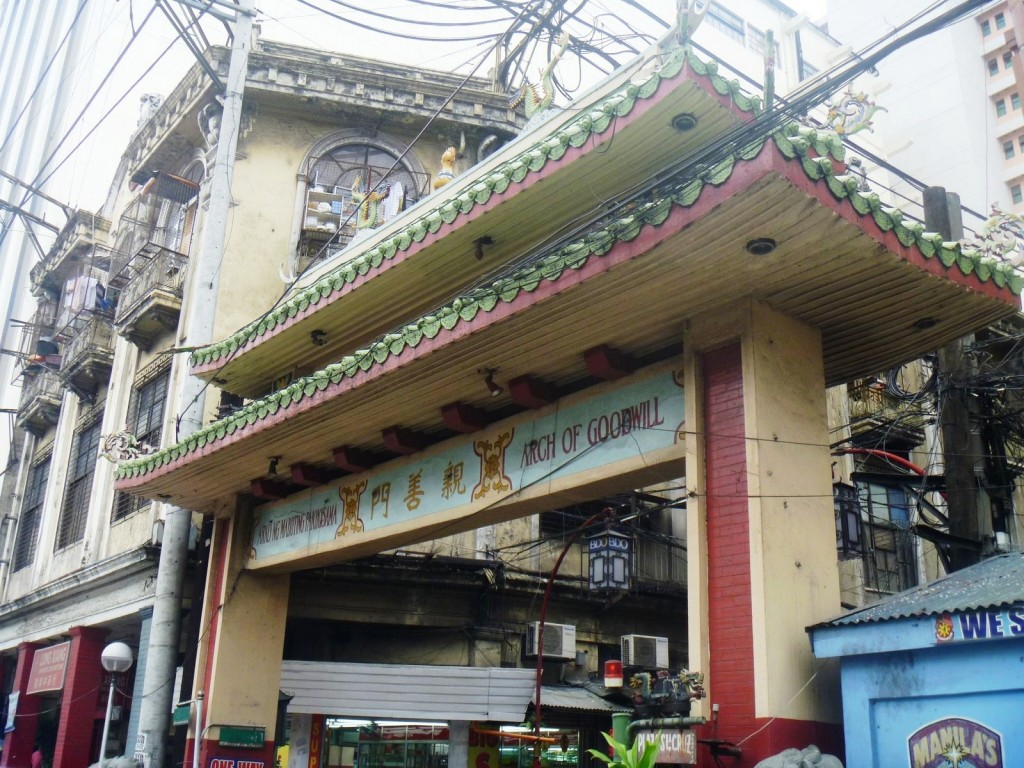
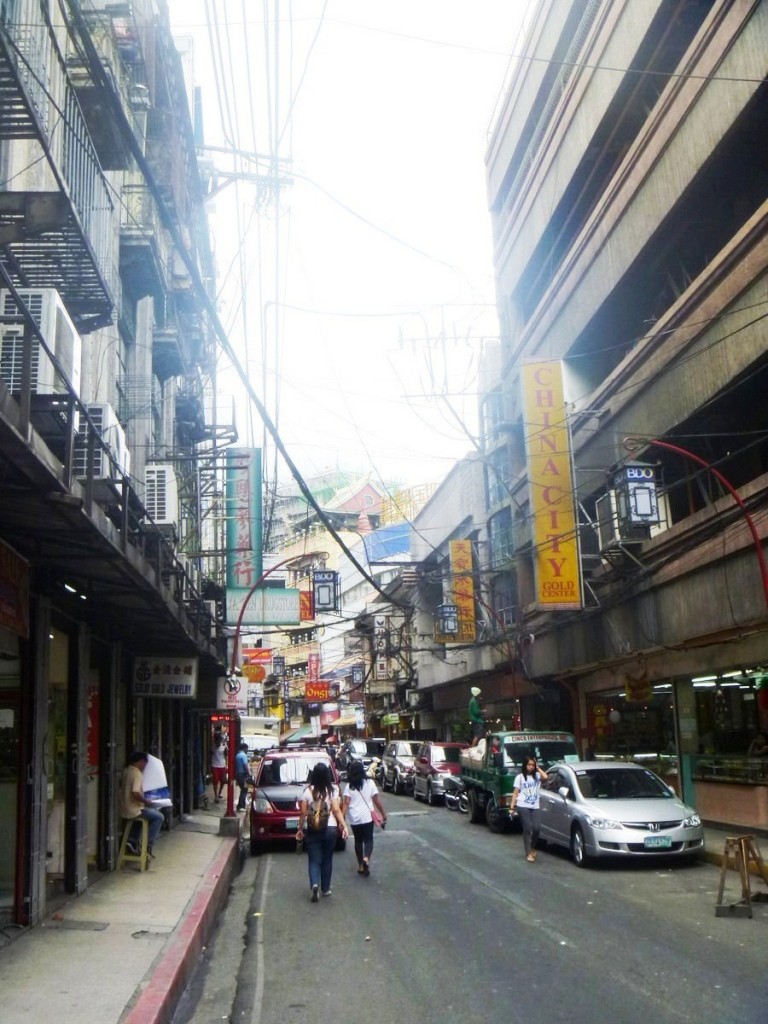
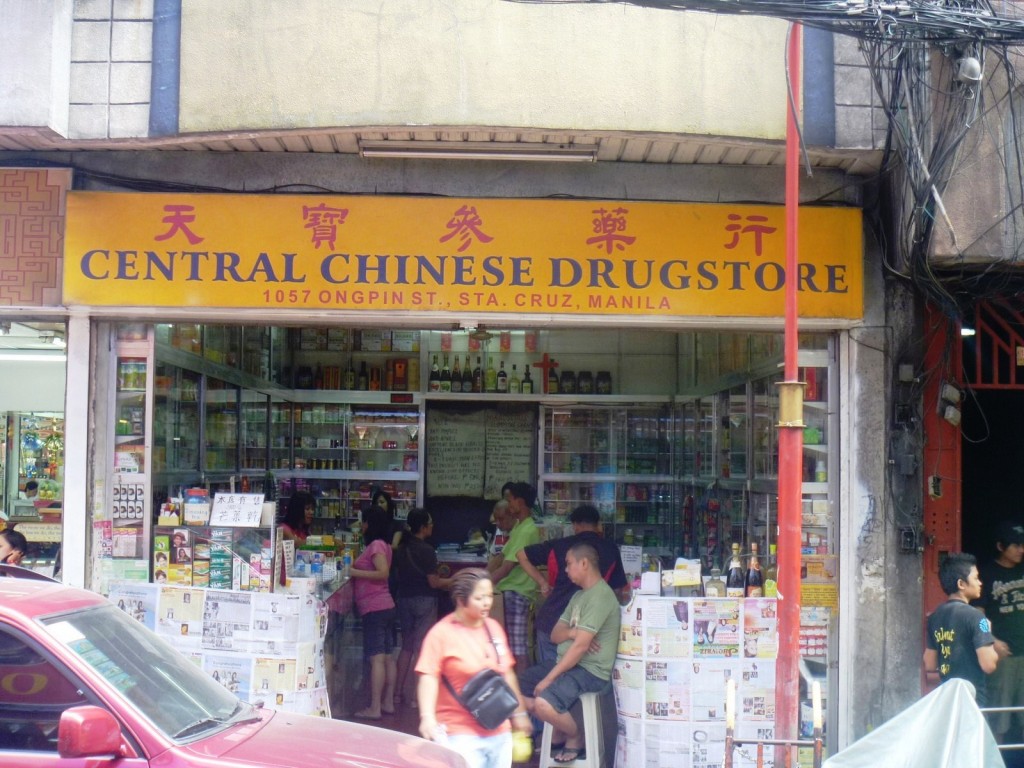
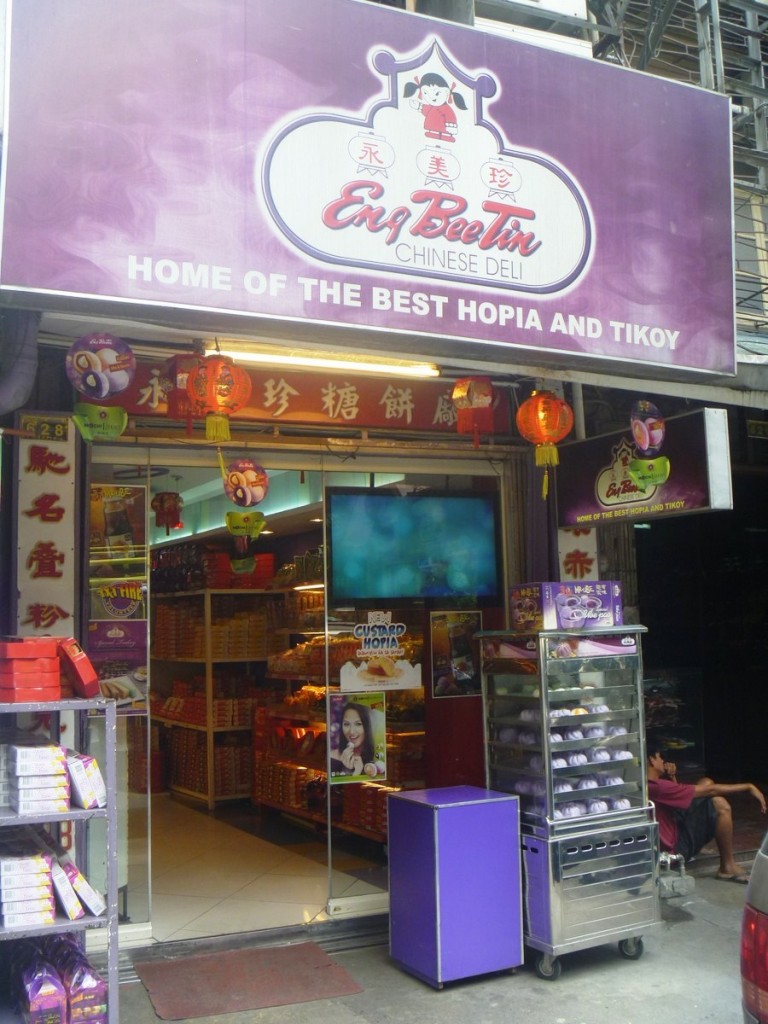
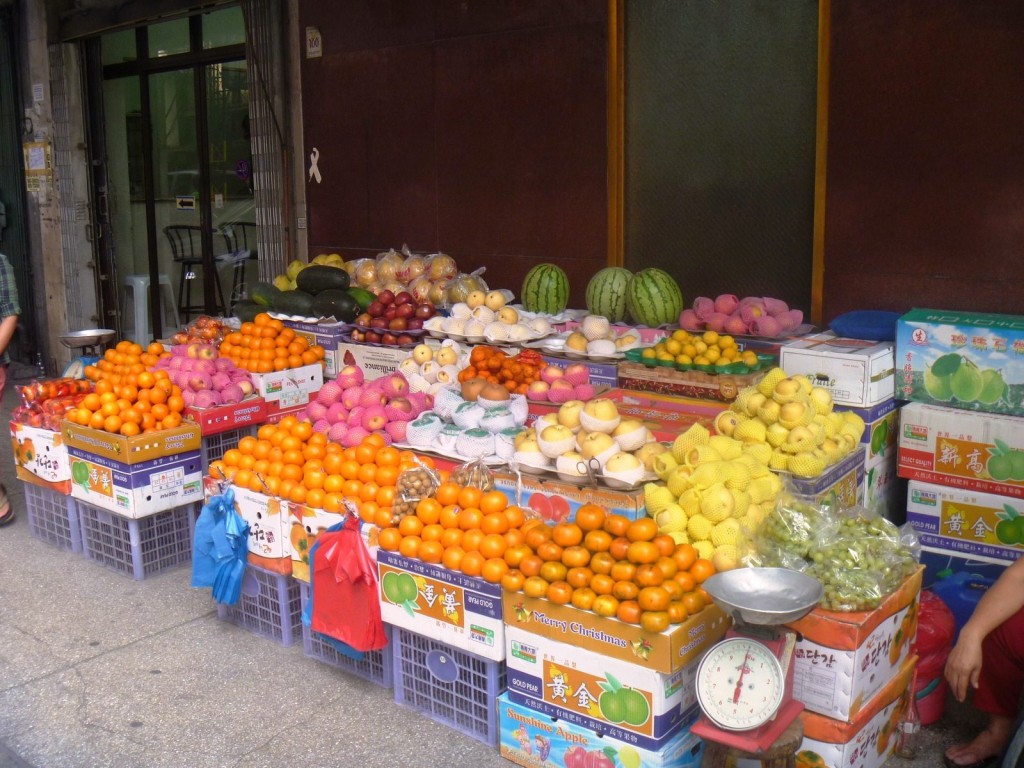
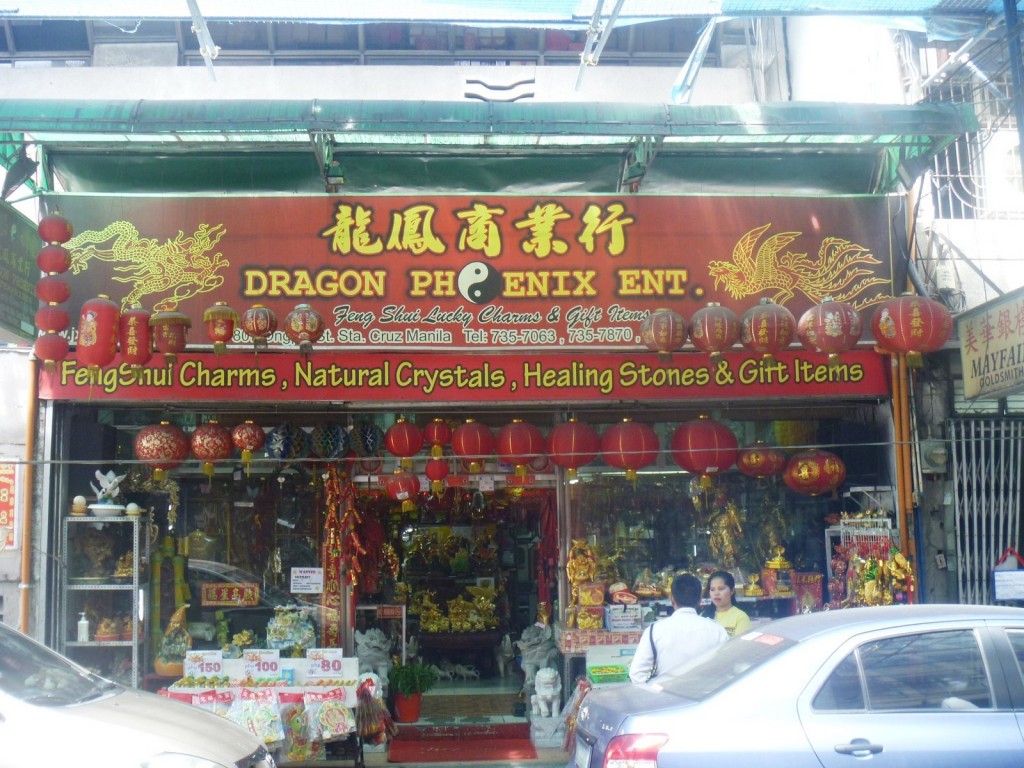
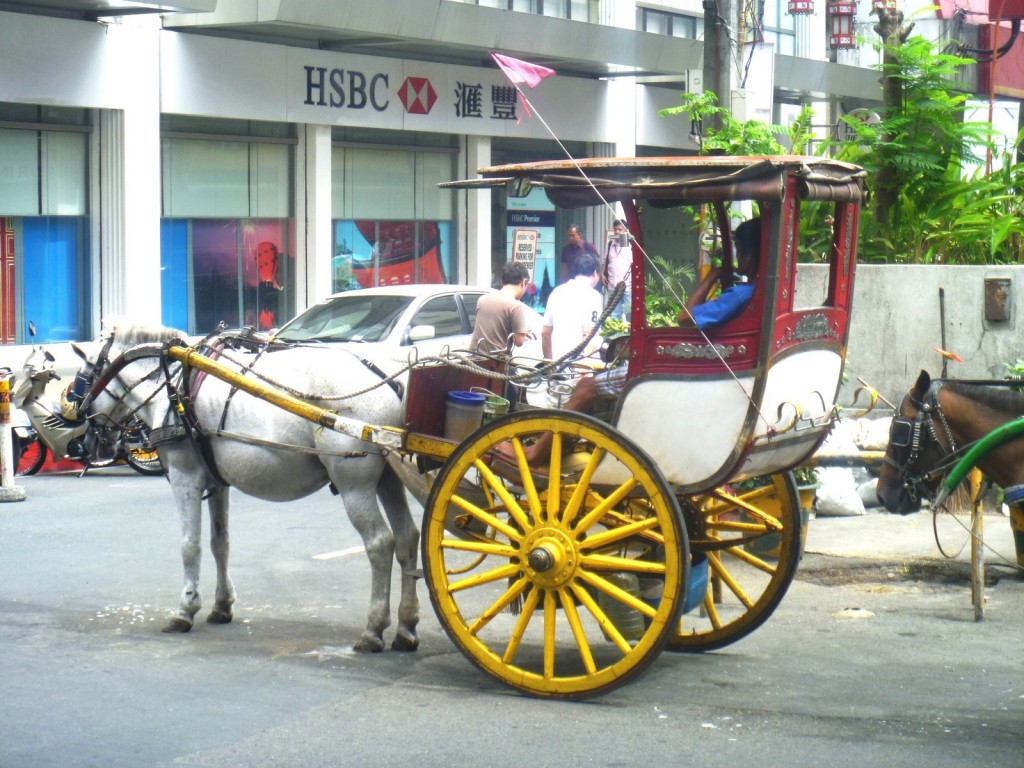
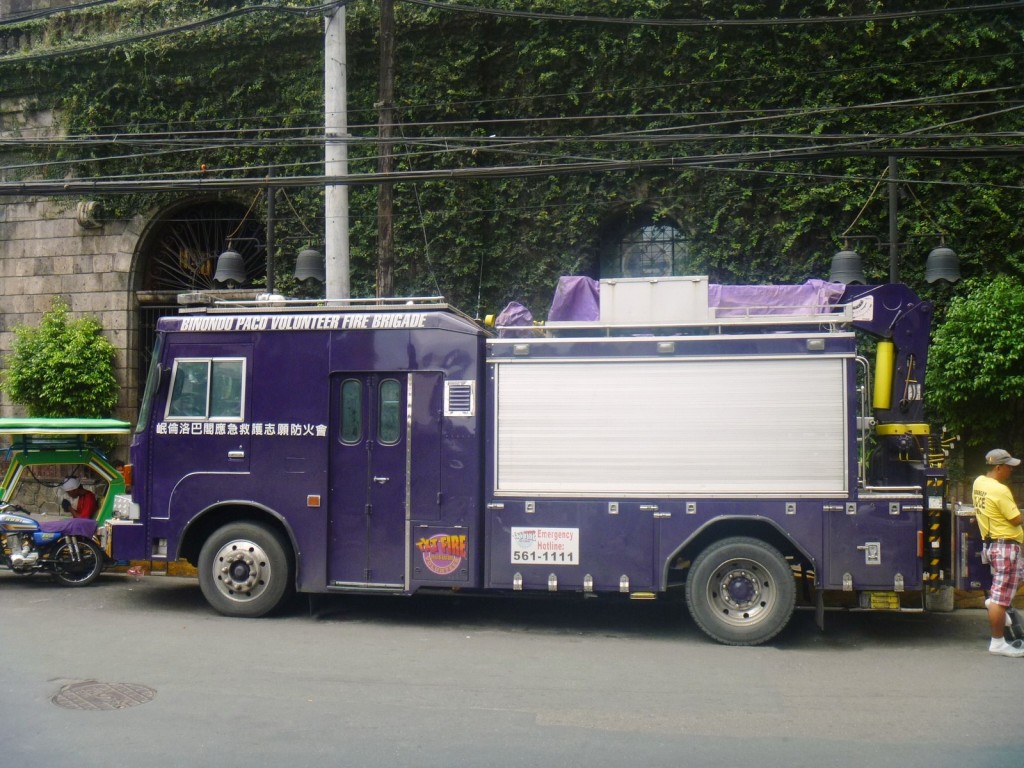
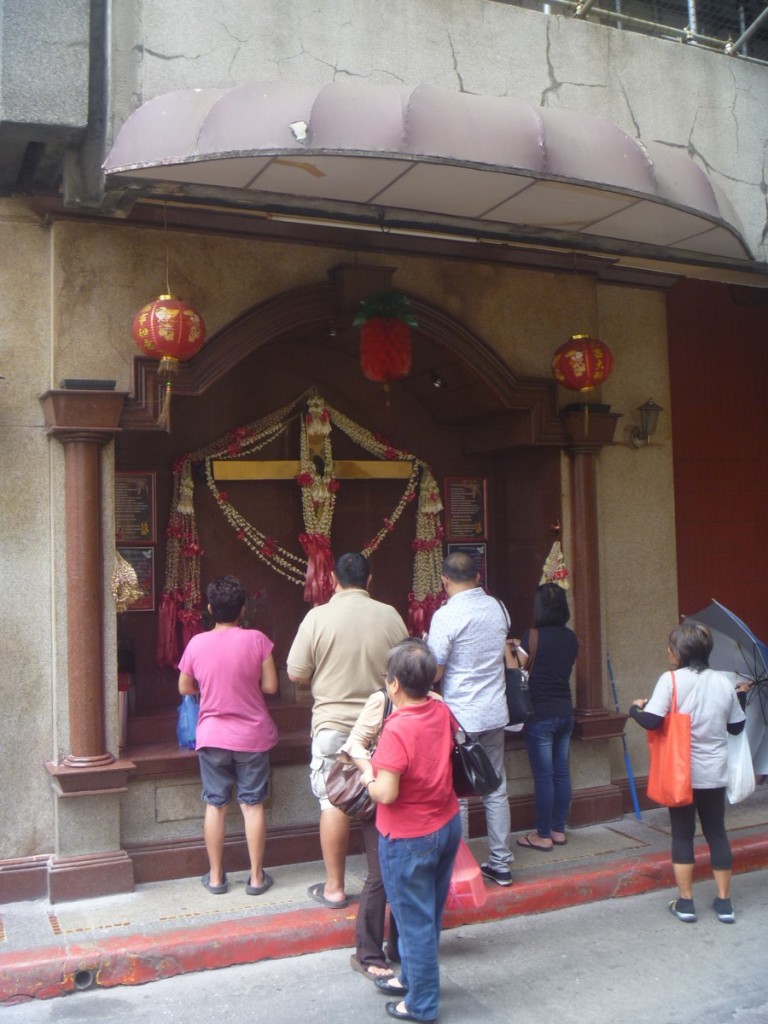
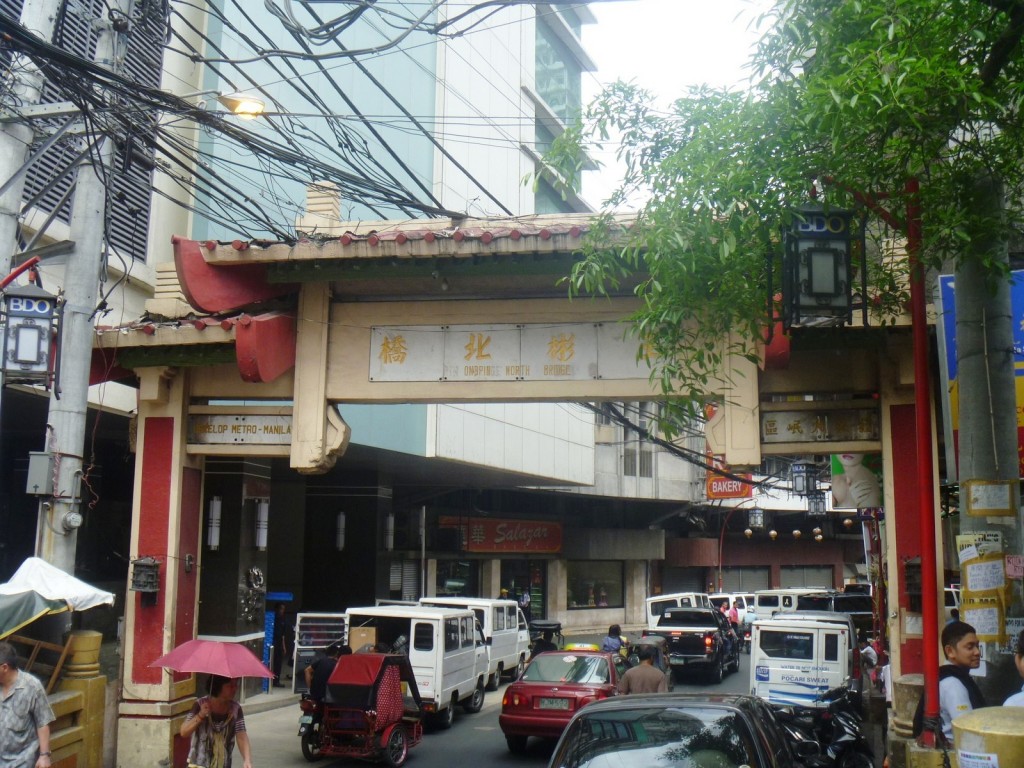
Pingback: Homepage